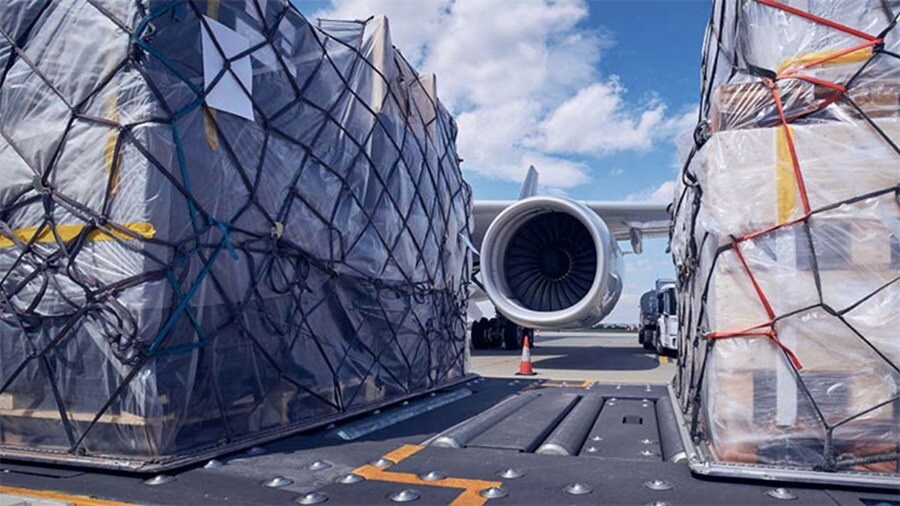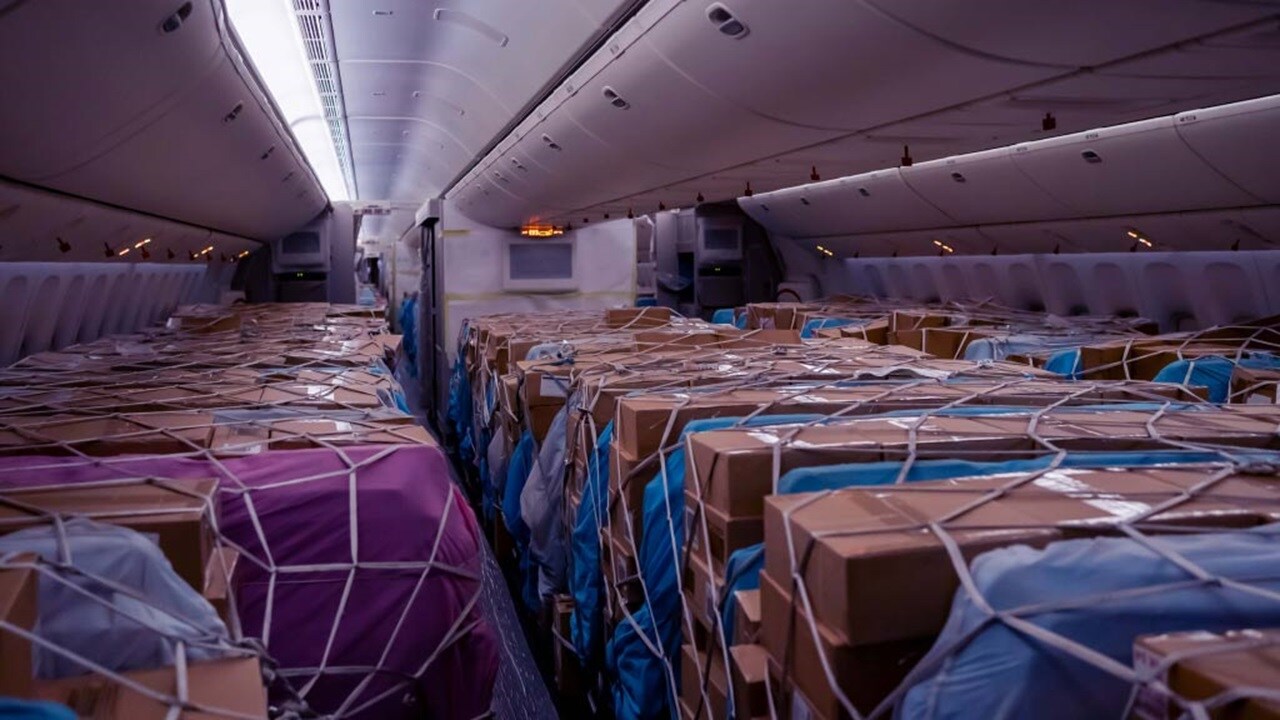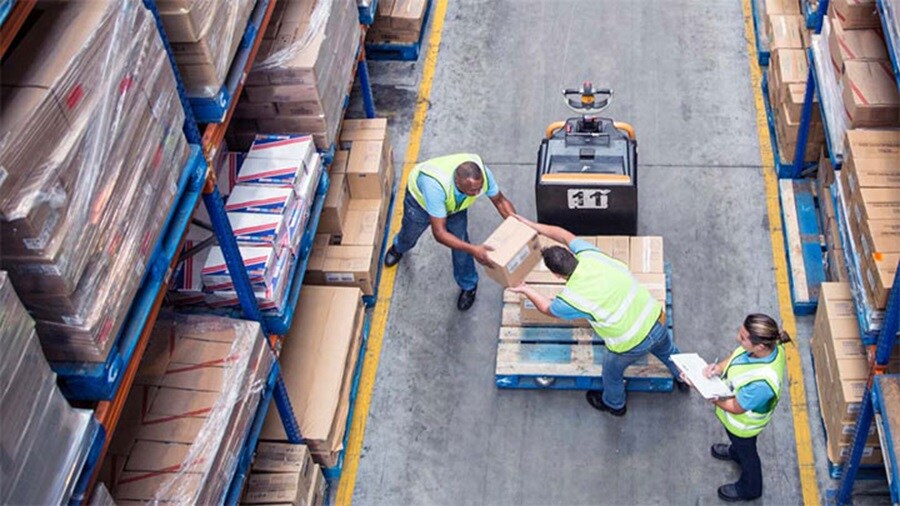In the last few years, the resilience of your e-commerce supply chain would have been tested like never before. The biggest challenge was likely to have come from the Covid-19 pandemic which signalled long periods of lockdown and disruption across the globe.
In the midst of all this, a container ship, the Ever Given, blocked the Suez Canal for six days, stalling the movement of USD 400 million worth of goods per hour.
The ongoing Russia-Ukraine war is having a devastating impact on the lives of the people in the region, The conflict has also had a global impact, playing havoc with the transportation of key raw materials such as oil.

Our e-commerce business has been experiencing huge supply chain problems. Is it just us?
Most definitely not. Your profitability may have been impacted by these issues but at least we can reassure you that you are not alone. According to the Institute of Supply Management (ISM), about 75% of the companies surveyed reported supply chain disruptions, 80% expected some kinds of disruptions in the near future, while 62% reported delays in receiving goods.
We don’t deal directly with businesses in Russia or Ukraine, but our supply chain still seems to have been hit by the crisis. Why?
These days, with the global economy, everything is connected. According to Dun & Bradstreet, there are fewer than 15,000 Tier 1 suppliers in Russia. But scratch beneath the surface and you discover there are 7.6 million Tier 2 supplier relationships with Russian entities globally. Each issue has a knock-on effect and that may be why you’re facing problems even though your supply chain doesn’t cross the area.
When the Suez Canal was blocked and our and our merchandise got delayed, our reputation suffered as a result. What could we have done to avoid that?
Each mode of freight transportation has its pros and cons, but when it comes to speed and responding to emergency situations such as the Suez Canal blockage, Air Freight leaves the others well behind. You can read the full story of how air came to the rescue of a global apparel company facing operational issues such as documentation handovers and release of bills of lading Switching to air at the last minute saved the day as well as the fashion brand’s reputation.

E-commerce sales grew 50% during the pandemic. How can we stop supply chain issues hampering this growth?
The rise of e-commerce sales is a result of changing consumer habits. Even if the current supply chain disruptions continue and new ones arise, the direction of travel for e-commerce will continue to be onward and upward. What you need to focus on is building resilience in your supply chain so you can cope with the next major unexpected event. This means having a wider range of transportation modes at your disposal, so you’re not too reliant on any single one.
Our e-commerce business is mainly seasonal. How can we cope with the extra demands placed on our supply chain during peak season without incurring unnecessary costs at quieter times?
This question touches on a very important point. Supply chain resilience isn’t just a case of being able to speed things up, or increase volumes, when you’re busy. It’s also about being able to slow things down when the heat is off. The answer to this double-edged challenge lies in building in flexibility. With the increased variety of transport options, together with flexible storage, container capacities and increased visibility across the supply chain from end to end, both the rise and fall in supply and demand can be met more easily.

How can we make our supply chain more resilient in the wake of future black swan events?
If you had better visibility of your supply chain, you’d be able to react faster to unexpected problems and take steps to overcome them while there was still time. Tech solutions can help you track your goods at ground level, from factory to vessel and warehouse, all the way to the end consumer. When you have this kind of visibility, you can sense the first sign of trouble and hopefully react before it's too late.

Can air freight help solve the supply chain issues we've been facing in recent years? Up to now, we’ve ruled it out because of the cost
Yes, using air is comparatively expensive compared with other forms of transportation, but it can save your business money when used correctly. In most cases, air logistics provides another string to your bow rather than a standalone solution. Having a variety of transport modes at your disposal gives you flexibility and that helps build resilience into your supply chain. An integrated approach to logistics gives your business the ability to pivot to alternative solutions, such as air freight, in the face of capacity constraints and congestion in ocean transport.
With an ever-increasing number of extreme weather events expected in the coming years, how can we stop them impacting on our supply chain reliability?
The scale of this problem is enormous. Just a single weather-related disaster in the US is likely to lead to net business losses of around USD 1 billion. There is a practical need to have access to the most accurate information possible, which Maersk can provide thanks to our integrated services, owned assets and advanced toolset.
This needs to be combined with the capability to respond with alternative modes of transport at the last minute, if necessary. Beyond flexibility, reducing the number of partners, touchpoints and handovers in the supply chain also helps reduce complexity and risk, both huge contributory factors to reliability. So, as with all threats to your supply chain, you need to be prepared as early as possible and then have the agility to speed up, slow down or change your supply chain plans rapidly.

What is the best way forward for the successful management of supply chains?
As China starts to open up again following further Covid-19 mitigation efforts, global demand is on the rise. Air freight is better placed to avoid congestion than sea freight of which is why Maersk is predicts it will have a much bigger role to play in transportation. It’s a rapid and effective solution for emergency situations and where moving blocked cargo is a business imperative. And it’s also a great option for goods where speed and availability are paramount to meeting customer expectations.

We seem to have had one black swan event after another recently. What’s the next one going to be?
There’s no telling, but it does seem sensible to assume there will be plenty more unexpected disruptions to your supply chain in the years ahead. Take that view, and you can start to build in the resilience you need to smooth out the bumps in the road.
You might have noticed a bit of a recurring theme in this blog: flexibility is the key to developing a resilient supply chain for your business moving forward.
无论您需要什么,我们都可以随时为您提供帮助
I agree to receive logistics related news and marketing updates by email, phone, messaging services (e.g. WhatsApp) and other digital platforms, including but not limited to social media (e.g., LinkedIn) from A. P. Moller-Maersk and its affiliated companies (see latest company overview). I understand that I can opt out of such Maersk communications at any time by clicking the unsubscribe link. To see how we use your personal data, please read our Privacy Notification.
By completing this form, you confirm that you agree to the use of your personal data by Maersk as described in our Privacy Notification.
